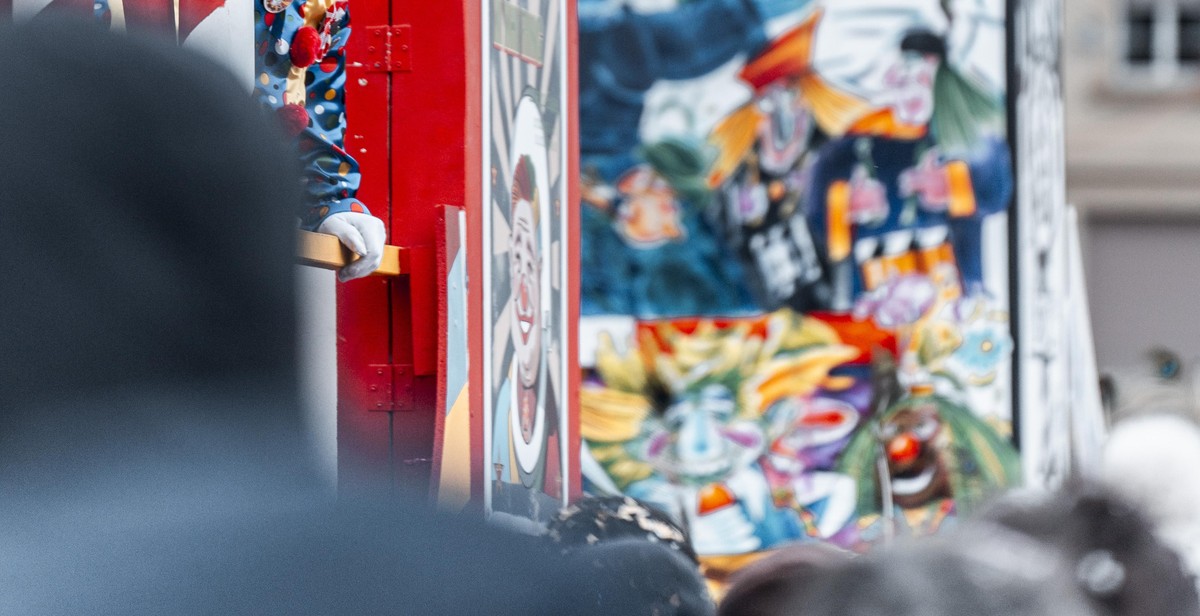Understanding Coulrophobia
Coulrophobia refers to the fear of clowns. It is a common phobia that affects many individuals, both children, and adults. People with coulrophobia experience intense fear or anxiety when they see clowns or even think about them.
Causes of Coulrophobia
The exact cause of coulrophobia is not known. However, some researchers believe that it may be due to a negative experience with clowns during childhood. For instance, a person may have had a traumatic experience with a clown, such as being scared or hurt by one.
Additionally, some people may develop coulrophobia due to the media’s portrayal of clowns. In movies, clowns are often portrayed as evil or scary characters, which can influence a person’s perception of them.
Other possible causes of coulrophobia include genetics, anxiety disorders, and a lack of exposure to clowns during childhood.
Conclusion
Understanding the causes of coulrophobia is the first step towards overcoming this fear. By identifying the root cause of your fear, you can take steps to manage it and eventually overcome it.

Symptoms of Coulrophobia
Coulrophobia is an intense and irrational fear of clowns that can affect people of all ages. The symptoms of coulrophobia can vary from person to person and can be both physical and psychological. Here are some common symptoms of coulrophobia:
Physical Symptoms
- Rapid heartbeat: People with coulrophobia may experience a racing heart or palpitations when they see a clown.
- Sweating: Sweating is a common symptom of anxiety and can be a sign of coulrophobia.
- Trembling or shaking: Some people with coulrophobia may experience shaking or trembling when they encounter a clown.
- Nausea: Nausea or stomach discomfort can be a physical symptom of coulrophobia.
- Headaches: Headaches or migraines can be triggered by the anxiety and stress associated with coulrophobia.
- Shortness of breath: Difficulty breathing or shortness of breath is a common symptom of anxiety and can be associated with coulrophobia.
Psychological Symptoms
- Anxiety: Anxiety is a common psychological symptom of coulrophobia and can range from mild to severe.
- Panic attacks: Some people with coulrophobia may experience panic attacks when they encounter a clown.
- Intense fear: Coulrophobia is characterized by an intense and irrational fear of clowns that can be debilitating.
- Avoidance behaviors: People with coulrophobia may go to great lengths to avoid clowns, including avoiding social situations or places where clowns may be present.
- Distress: Coulrophobia can cause significant distress and interfere with daily activities and relationships.
- Flashbacks: Some people with coulrophobia may experience flashbacks or nightmares about clowns.
| Physical Symptoms | Psychological Symptoms |
|---|---|
| Rapid heartbeat | Anxiety |
| Sweating | Panic attacks |
| Trembling or shaking | Intense fear |
| Nausea | Avoidance behaviors |
| Headaches | Distress |
| Shortness of breath | Flashbacks |
If you experience any of these symptoms when you encounter a clown, you may have coulrophobia. It’s important to seek help if your fear of clowns is interfering with your daily life. In the next section, we’ll explore some tips for managing coulrophobia and overcoming your fear of clowns.

Tips to Overcome Coulrophobia
Coulrophobia, the fear of clowns, can be a debilitating condition that can interfere with your daily life. However, there are various ways to manage and overcome this fear. Here are some tips:
Cognitive Behavioral Therapy
Cognitive Behavioral Therapy (CBT) is a type of therapy that helps individuals change their negative thought patterns and behaviors. It can be an effective treatment for coulrophobia, as it helps individuals identify and challenge their irrational thoughts about clowns.
During CBT, you will work with a therapist to develop coping strategies and learn relaxation techniques. This can help you feel more in control when faced with your fear of clowns.
Exposure Therapy
Exposure therapy is a type of therapy where individuals are gradually exposed to their fear in a safe and controlled environment. This can help desensitize you to your fear of clowns and reduce your anxiety.
During exposure therapy, you may start by looking at pictures of clowns, then progress to watching videos of clowns, and eventually, interacting with a clown in person.
Relaxation Techniques
Relaxation techniques such as deep breathing, meditation, and progressive muscle relaxation can help reduce anxiety and stress. These techniques can be used in combination with other therapies to help manage your fear of clowns.
For example, you can practice deep breathing exercises before attending a circus or carnival where clowns may be present. This can help you feel more relaxed and in control.
Medication
Medications such as anti-anxiety drugs and beta-blockers can be prescribed to help manage symptoms of coulrophobia. These medications can help reduce anxiety and panic attacks.
However, it is important to note that medication should not be the only treatment for coulrophobia. It should be used in combination with other therapies, such as CBT and exposure therapy, for the best results.
Conclusion
Managing and overcoming coulrophobia is possible with the right treatment. Whether you choose to pursue therapy, relaxation techniques, medication, or a combination of these, remember that it is important to seek help from a qualified healthcare professional.

Preventing Coulrophobia
Preventing coulrophobia, or fear of clowns, is much easier than trying to overcome it. Here are some tips to help prevent the development of this fear.
Introducing Children to Clowns
Children are often introduced to clowns at a young age, whether it be at a circus or a birthday party. It’s important to make sure that the experience is positive and not overwhelming. Here are some tips:
- Start with small, friendly clowns
- Allow the child to approach the clown on their own terms
- Stay close to the child in case they become frightened
- Encourage the child to interact with the clown in a positive way
Avoiding Negative Media Depictions of Clowns
Many people develop coulrophobia from negative media depictions of clowns. Here are some ways to avoid these negative portrayals:
- Avoid horror movies that feature scary clowns
- Limit exposure to news stories about creepy clowns
- Choose age-appropriate entertainment that features friendly clowns
| Positive Portrayals of Clowns | Negative Portrayals of Clowns |
|---|---|
| The movie “Patch Adams” | The movie “It” |
| The TV show “Bozo the Clown” | The TV show “American Horror Story: Freak Show” |
| The book “Clowning Around” | The book “The Killer Clown” |
By following these tips, you can help prevent the development of coulrophobia and ensure a positive experience with clowns.
